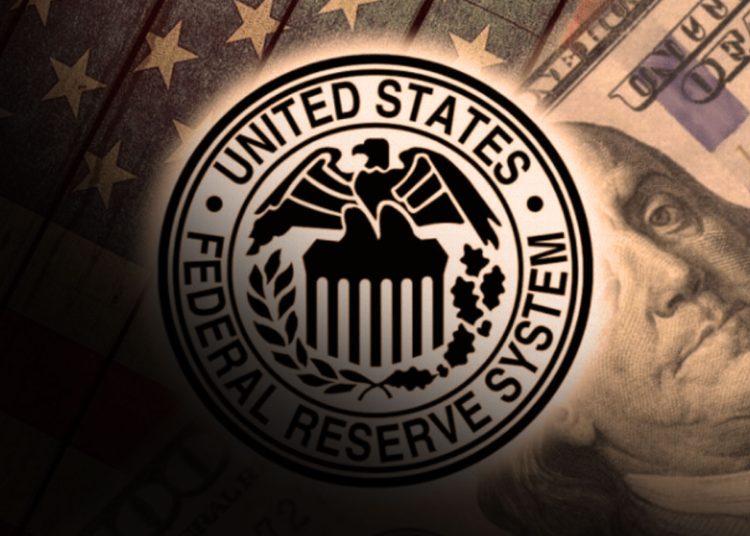The Federal Reserve has been grappling with rising inflation for more than a year now, and while it has taken some steps to combat it, there is still a long way to go. In this article, we will explore the Fed is efforts to control inflation, the factors driving inflation, and the potential impact of rising inflation on the economy.
Key Points
- The Federal Reserve began raising interest rates a year ago to combat inflation.
- The rate hikes initially helped to control inflation, but some believe the Fed acted too late.
- According to Quincy Krosby of LPL Financial, the Fed’s understanding of inflation may not be better than the average consumer’s.
- Despite the Fed’s efforts, inflation remains higher than its target of 2%, leading to concerns in the financial markets about the need for more interest rate hikes.
The Fed’s Efforts to Control Inflation
The Fed has taken several steps to control inflation over the past year, including increasing interest rates, tightening monetary policy, and reducing the size of its balance sheet. However, these measures have not been enough to bring inflation under control, as rising energy and commodity prices, supply chain disruptions, and strong demand have continued to push prices higher.

Factors Driving Inflation
Several factors are driving inflation, including supply chain disruptions caused by the pandemic, rising energy and commodity prices, and strong demand fueled by government stimulus measures. Additionally, some economists argue that the Fed’s loose monetary policy, which has kept interest rates near zero and flooded the economy with liquidity, has contributed to rising inflation.
Potential Impact of Rising Inflation
Rising inflation can have a range of impacts on the economy, including reduced purchasing power for consumers, increased borrowing costs for businesses, and reduced profitability for companies. Additionally, rising inflation can lead to higher interest rates, which can slow economic growth and potentially trigger a recession.
The Federal Reserve has been struggling to control rising inflation for more than a year now, and while it has taken steps to combat it, there is still a long way to go. Factors driving inflation include supply chain disruptions, rising energy and commodity prices, and strong demand fueled by government stimulus measures. The potential impact of rising inflation on the economy is significant, with reduced purchasing power for consumers, increased borrowing costs for businesses, and potentially slower economic growth. As the Fed continues to grapple with rising inflation, it will be essential to monitor its impact on the economy and adjust monetary policy accordingly.
You may be interested in: The Economic Impact of Istanbul’s Earthquake Anxiety











